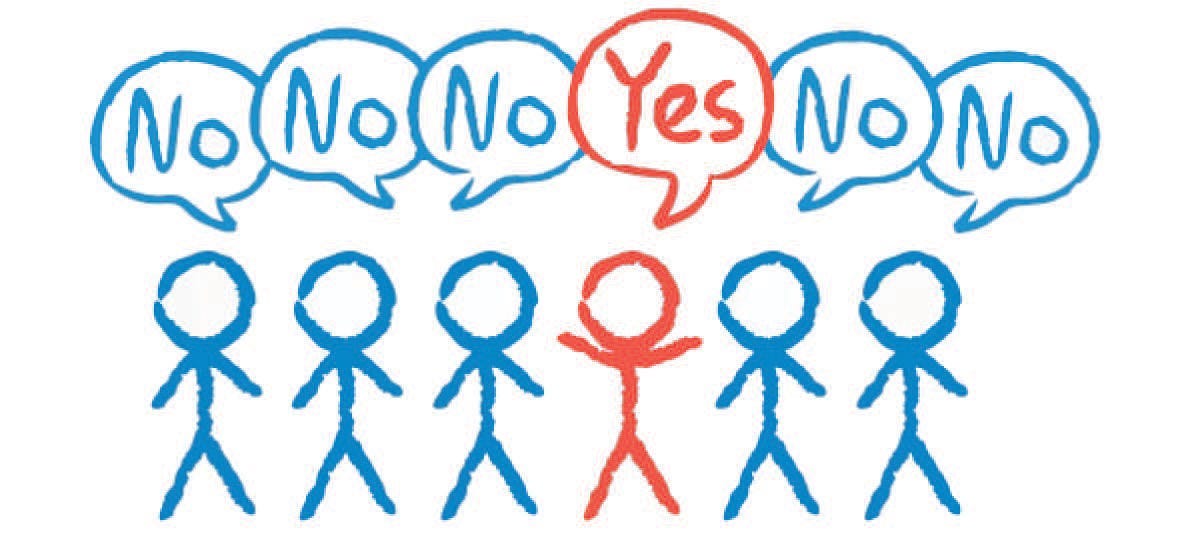Disagree and Commit: The Agile Leader’s Secret Weapon
In a world where complexity is rising, the ability to move forward with imperfect agreement isn’t just helpful—it’s essential.
Some of the most powerful ideas in leadership don’t come dressed in complexity.
They come wrapped in simple phrases that challenge how we think, decide, and act together.
One of those phrases?
“Disagree and commit”
At a glance, it’s a contradiction. Why would anyone commit to something they don’t fully agree with?
And yet, this concept has quietly become fundamental to high-functioning organizations. It separates teams that move fast and execute from those that debate endlessly and stall.
In a world where clarity is rare, execution is everything, and time is the most valuable resource—“disagree and commit” becomes a leadership superpower.
The Leadership Philosophy Behind It
We’ve been taught that good leadership is inclusive. That listening matters. That alignment is essential, and it is…
But somewhere along the way, many teams began treating consensus as a requirement, rather than a preference. The result?
Decision paralysis.
Endless meetings with no movement.
Superficial alignment that hides deeper disagreement.
Here’s the hard truth: Agile teams don’t wait for perfect agreement. They build mechanisms to act in the presence of dissent.
This is why "Disagree and commit" is not about submission or silence. It's about building a culture of trust, debate, and decision making. In case of intense debate and no resolution, instead of striving for consensus or forcing delays, a leader might say:
"Look, I know we disagree on this but will you gamble with me on it? Disagree and commit?"
This shows two things:
We’ve debated enough.
It’s time to move.
Great leaders understand that alignment doesn't always mean agreement. They recognize when to allow disagreement but drive unified execution anyway. This is what separates agile organizations from bureaucratic ones.
Why Agile Thinking Needs This?
Agile isn’t just a software development framework—it's a mindset. It thrives on iteration, learning fast, and making frequent adjustments. But for agile to work, teams need to:
Make decisions quickly.
Accept that not all decisions will be perfect.
Be willing to act even when not everyone agrees.
The "disagree and commit" philosophy is tailor-made for this. It gives teams permission to move forward without being trapped by indecision.
Operational Efficiency Through Commitment
In operations, clarity and speed often beat perfection. Organizations that wait for 100% consensus before execution pay a hidden tax: decision latency. It's very well known that speed scales, and that operational efficiency is born not just from processes—but from cultural discipline.
Embedding “disagree and commit” into the culture gives organizations a way to move fast without leaving people behind. It’s a cultural upgrade for any team serious about agility and execution.
How to Use This as a Leader?
Encourage healthy disagreement. Psychological safety is the foundation. Invite dissent early and often.
Know when to close the loop. Debate has diminishing returns. If you’re endlessly circling, it’s time to decide.
Model commitment visibly. If you're the one who disagrees, say it clearly—then commit with full energy. Your team will follow.
Make “disagree and commit” a shared norm. Give your team the language to use this phrase without fear.
Some of the questions you might raise to encourage this are:
Where are we stuck waiting for perfect agreement?
Do we know who owns key decisions?
When’s the last time we disagreed—and still moved?
Are we more afraid of being wrong or of being slow?
“Disagree and commit” is more than a clever management slogan. It’s a decision principle for leaders who want clarity without consensus, speed without chaos, and debate without dysfunction.
In a world where complexity is rising, the ability to move forward with imperfect agreement isn’t just helpful—it’s essential.



